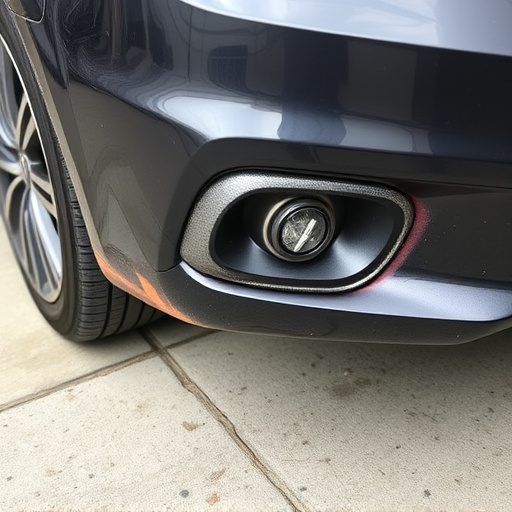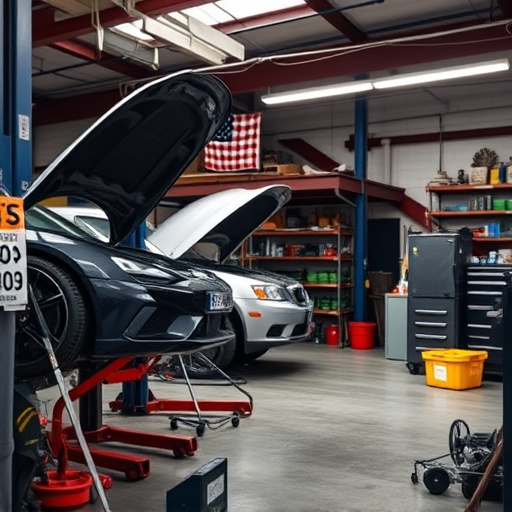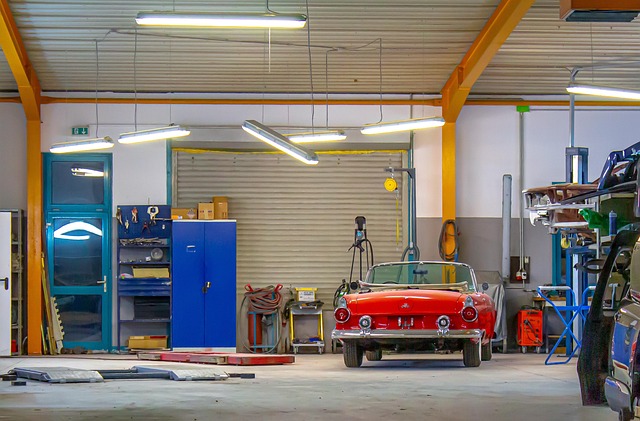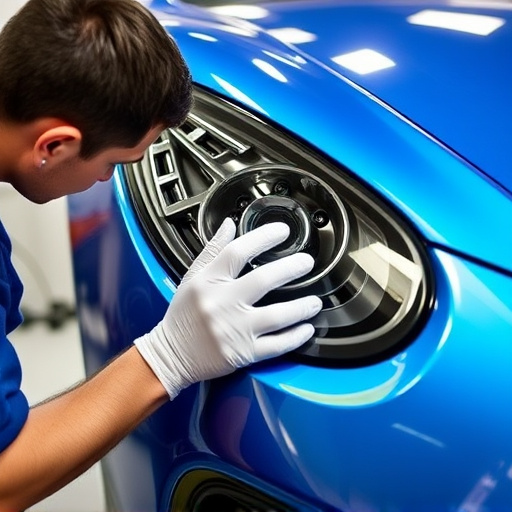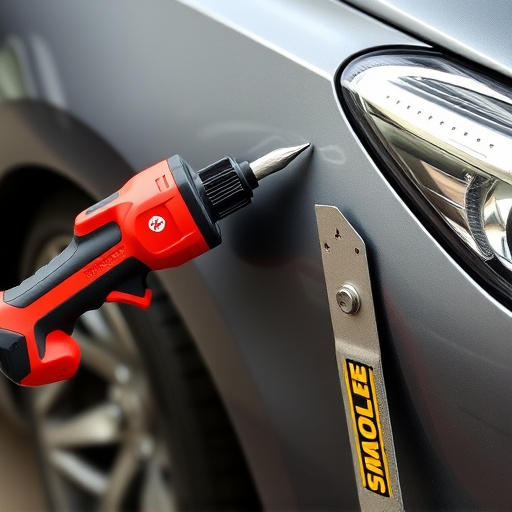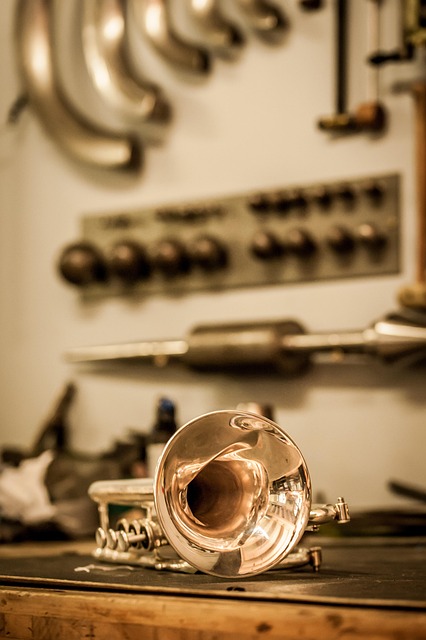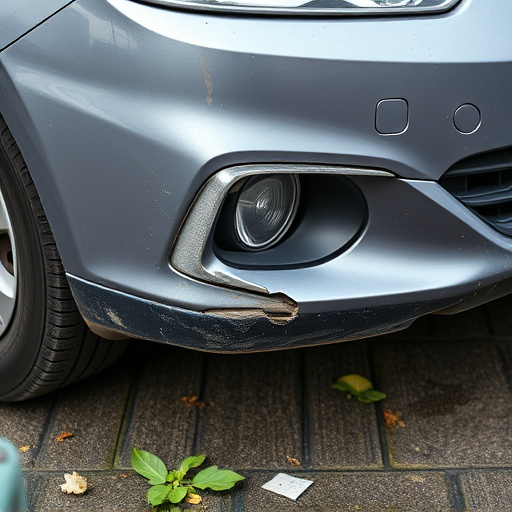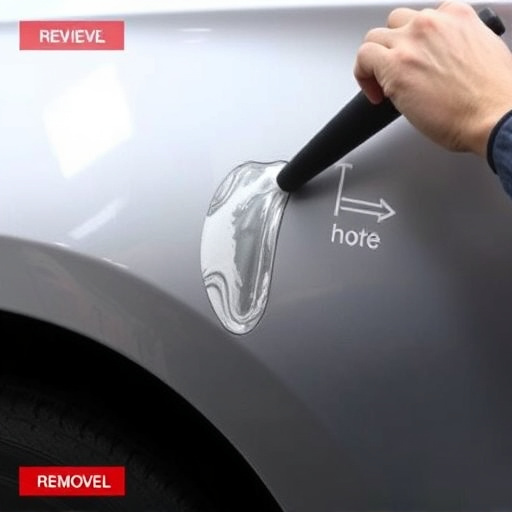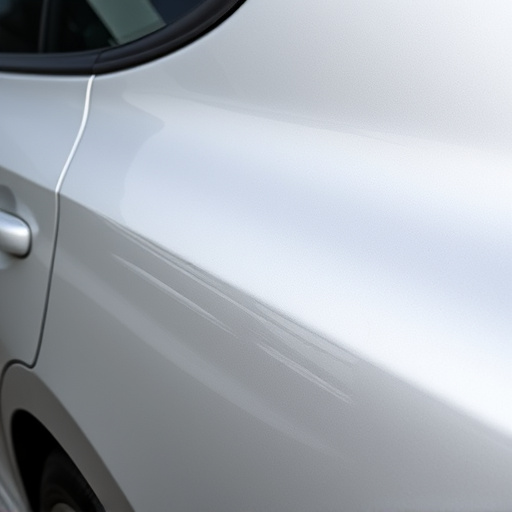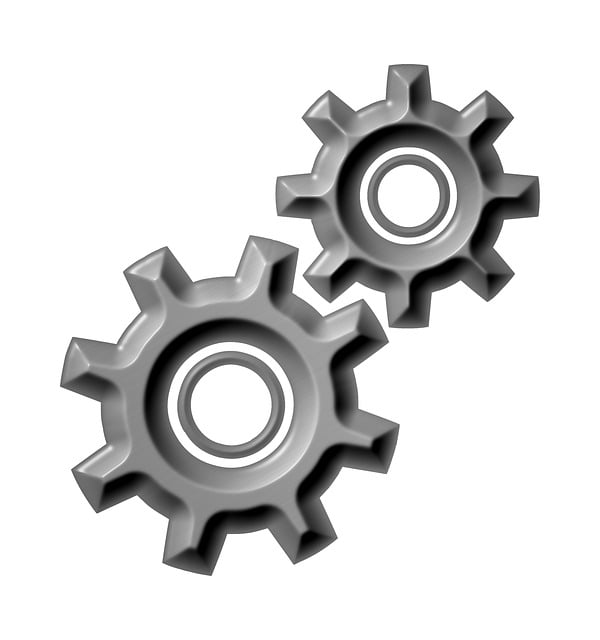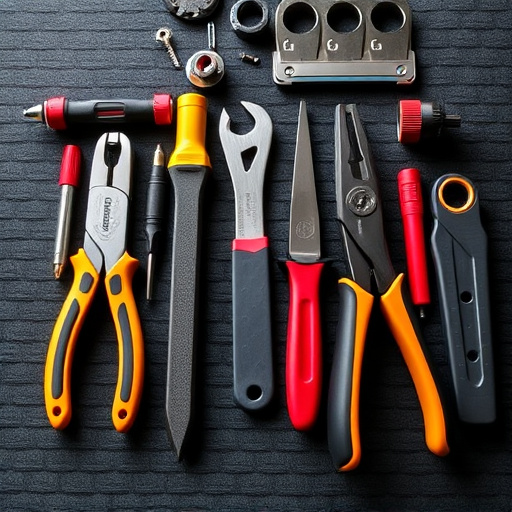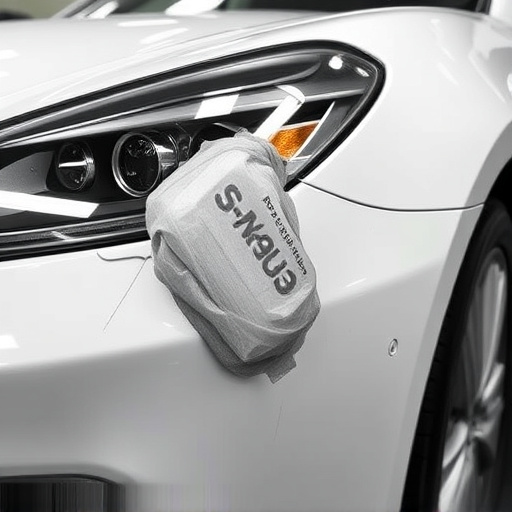Mercedes rim straightening involves critical considerations due to the meticulous engineering and design standards set by Original Equipment Manufacturer (OEM) rims. Aftermarket rims, though offering cost-effectiveness and customization, may not achieve the same level of precision and integrity as OEM wheels. Specialized techniques are required to maintain the original aesthetics of OEM Mercedes rims during straightening. Aftermarket options can be suitable for minor dents and hail damage repairs, providing easy access to replacement parts and services, but might require adjustments to match OEM specifications perfectly.
Are aftermarket rims easier to straighten than OEM Mercedes models? This article delves into the world of Mercedes rim design and explores whether custom wheels offer advantages in terms of straightening and repair. We examine the unique considerations of OEM Mercedes specifications and compare them with the flexibility and accessibility of aftermarket options. By understanding these differences, car owners can make informed decisions regarding wheel maintenance and restoration, focusing on efficient Mercedes rim straightening methods.
- Understanding Mercedes Rim Design and Original Equipment Manufacturer (OEM) Specifications
- The Advantages of Aftermarket Rims in Terms of Straightening and Repair
- A Comprehensive Comparison: OEM Mercedes Rim Straightening vs Aftermarket Alternatives
Understanding Mercedes Rim Design and Original Equipment Manufacturer (OEM) Specifications

Mercedes vehicles are renowned for their precision engineering and distinctive design aesthetics, and their rim specifications are no exception. Understanding the intricate details of a Mercedes rim is crucial when considering aftermarket options or attempting any straightening process. Original Equipment Manufacturer (OEM) rims are designed with specific tolerances and dimensions to ensure optimal performance and safety. These specifications vary across different Mercedes models, years, and trim levels, making it vital for auto repair shops and enthusiasts alike to have a comprehensive knowledge of these details.
When it comes to Mercedes rim straightening, knowing the OEM specifications is key. Aftermarket rims may differ in their construction and materials, which can impact how they respond during the straightening process. Vehicle restoration experts often need to adapt their techniques to accommodate unique design elements, ensuring that the final result aligns with the vehicle’s original craftsmanship. Whether it’s a simple misalignment or a more complex bend, understanding Mercedes rim design allows for a precise approach to vehicle bodywork and ensures a satisfactory outcome.
The Advantages of Aftermarket Rims in Terms of Straightening and Repair
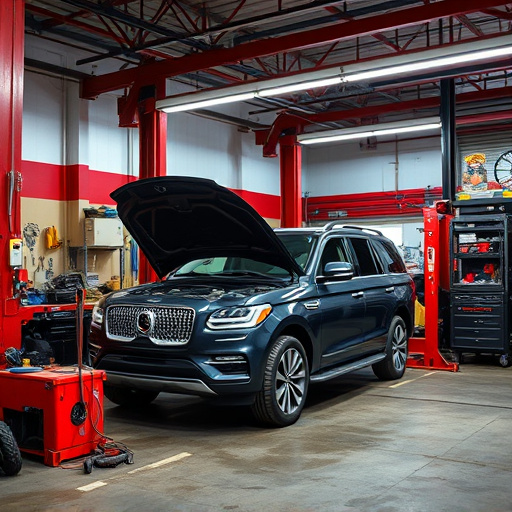
Aftermarket rims offer several advantages when it comes to straightening and repairing, which can be especially beneficial for Mercedes owners. One of the key benefits is cost-effectiveness; aftermarket wheels are generally more affordable than OEM (Original Equipment Manufacturer) parts, making them an attractive option for those looking to save money on repairs. This affordability doesn’t compromise quality; many aftermarket rims are designed with precision engineering, ensuring they can withstand the same rigors as their OEM counterparts.
Additionally, these rims often come with enhanced durability and a wider range of options in terms of size, style, and design. This variety allows for better customization and personal preference, catering to the unique tastes of Mercedes enthusiasts. When it comes to straightening and repair, aftermarket rims can be easier to work with due to their consistent availability of replacement parts and the accessibility of specialized automotive repair services that cater specifically to these types of wheels. This efficiency is particularly valuable when dealing with minor dents or hail damage repair, ensuring that your Mercedes’ wheels are restored to their original condition swiftly and effectively.
A Comprehensive Comparison: OEM Mercedes Rim Straightening vs Aftermarket Alternatives
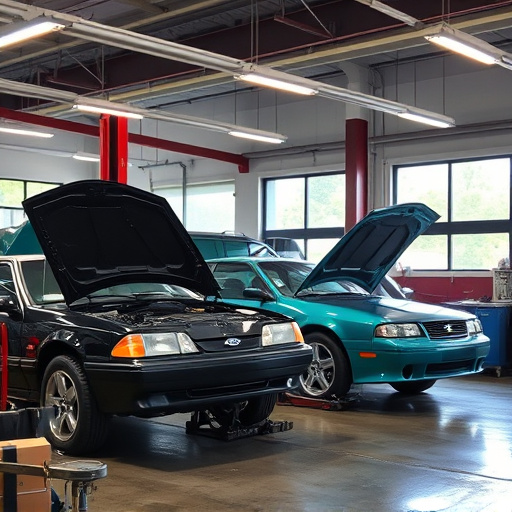
When it comes to straightening rims, a direct comparison between OEM Mercedes wheels and aftermarket alternatives reveals intriguing insights. Original Equipment Manufacturer (OEM) Mercedes rims are renowned for their precision engineering and quality craftsmanship, often considered the gold standard in automotive design. Straightening an OEM rim typically involves intricate processes to maintain its original integrity and aesthetics. Skilled technicians use specialized equipment to measure, adjust, and realign each component, ensuring a flawless return to its factory-spec specifications.
In contrast, aftermarket rims, while offering diverse styles and customization options, may differ in terms of precision and straightening capabilities. Aftermarket manufacturers often cater to a broader range of vehicles, which can lead to variations in build quality and material strength. Straightening these wheels might require different techniques, considering factors like the rim’s construction and design. Car body repair experts suggest that while aftermarket rims may be more accessible and affordable for straightening, they might not achieve the same level of precision as OEM Mercedes wheels, often requiring additional adjustments to match the vehicle’s original specifications perfectly.
Aftermarket rims offer a compelling advantage in terms of straightening and repair compared to their OEM Mercedes counterparts. With more flexible design options and often lower cost, they provide an attractive alternative for those seeking quicker, easier, and sometimes more affordable solutions to rim damage. When considering Mercedes rim straightening, exploring aftermarket options can be a game-changer, offering both convenience and savings without compromising on quality or fit.
